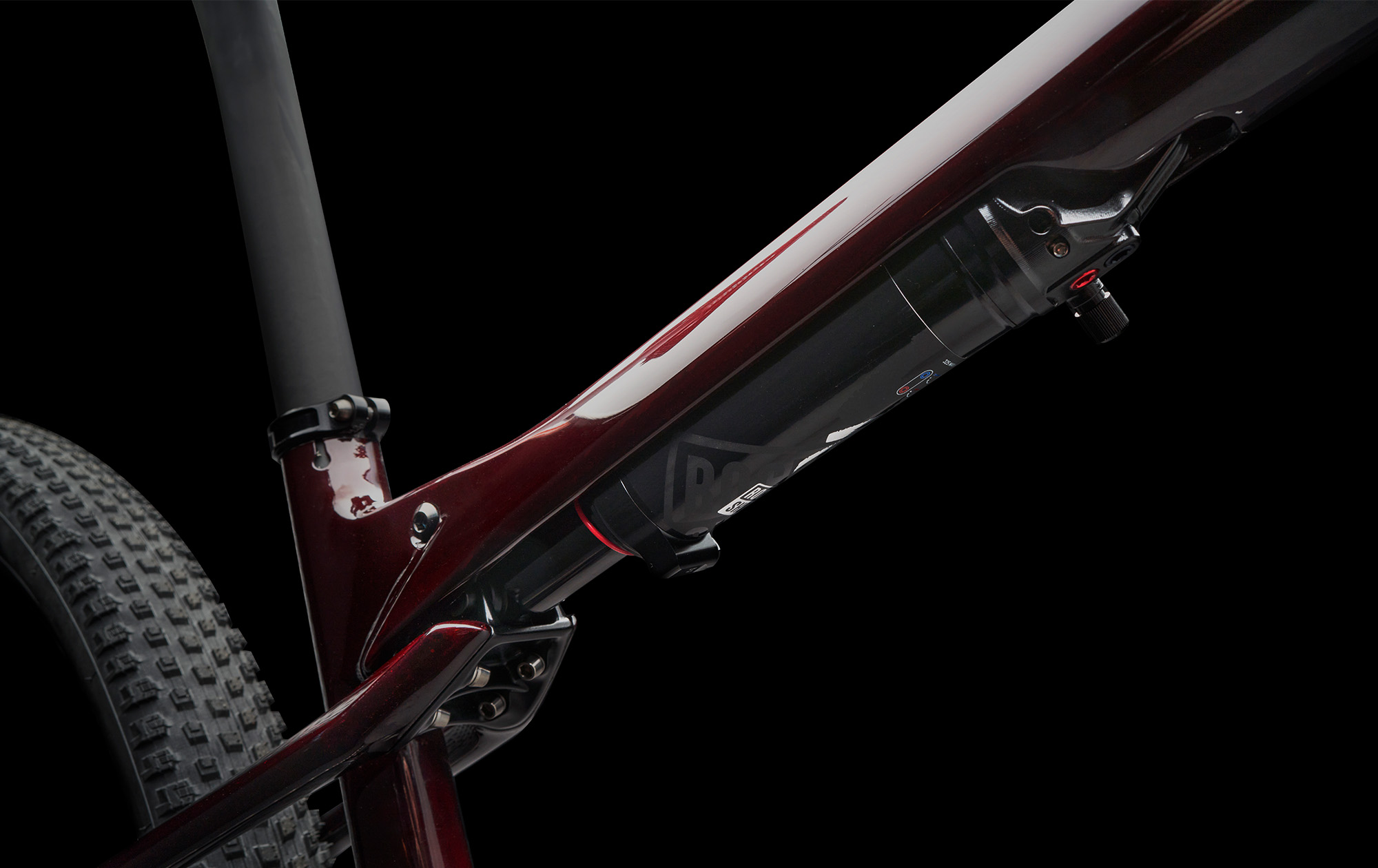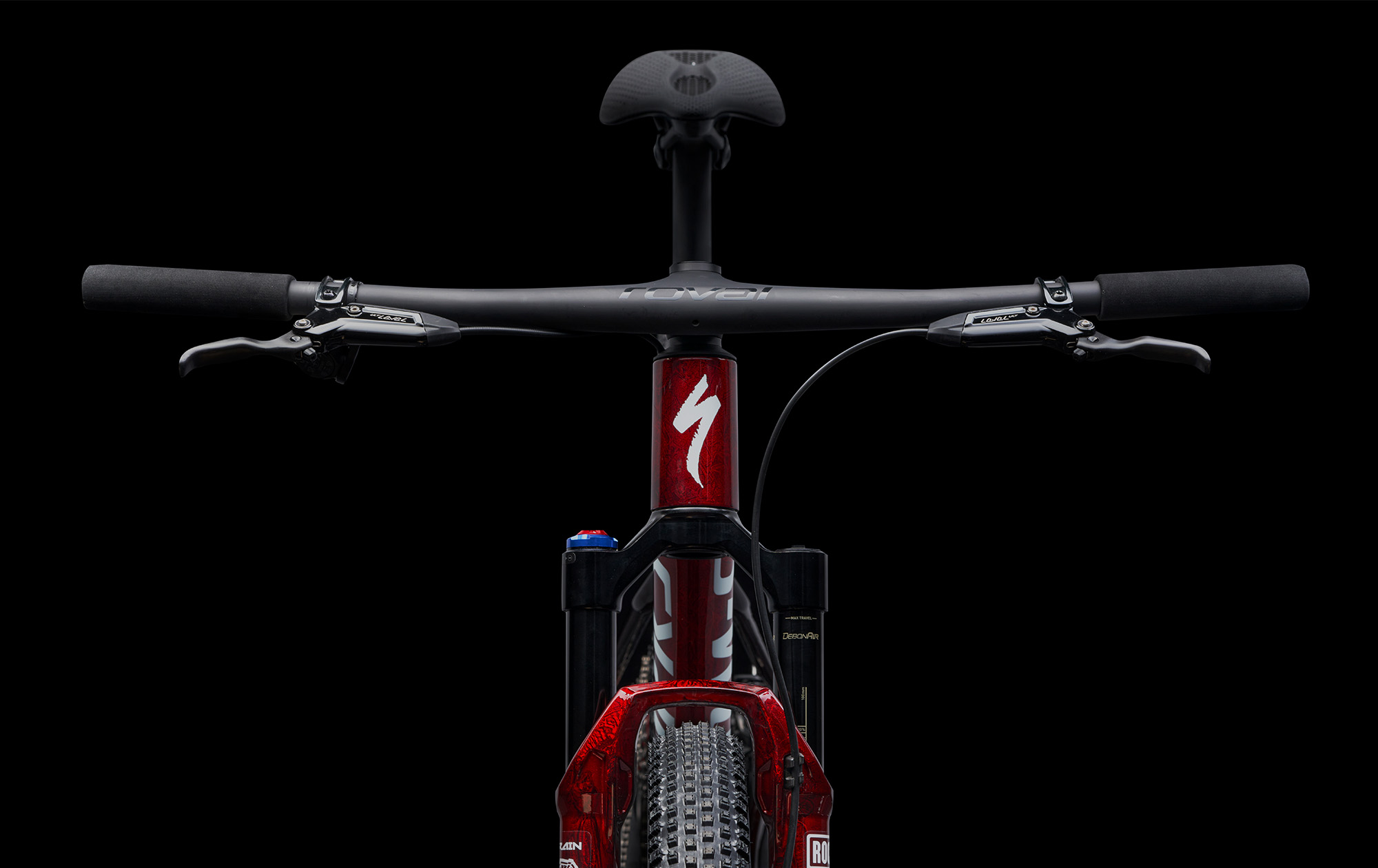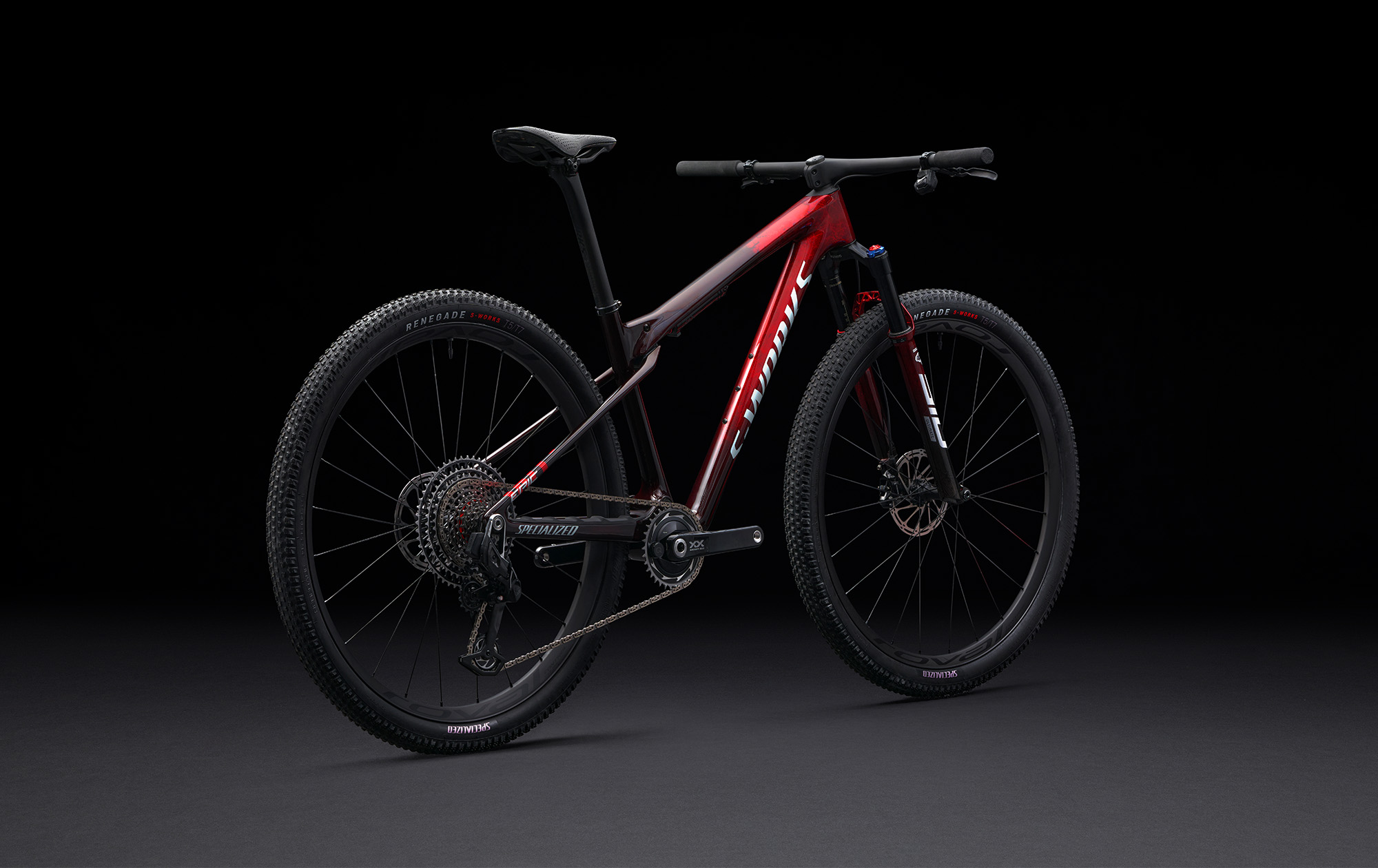At Escape Collective, we aim to cover interesting and new tech with in-depth insight based on hands-on experience. However, that latter part isn’t always possible to do. And in (hopefully rare) cases that an exciting product comes to market that we haven’t used, we’ll aim to inform you of the basics until we can get into the nitty-gritty details. Consider ‘Quick look’ a placeholder to an in-depth review we aim to bring you down the track.
So here’s a quick look at Specialized’s most poorly kept secret as of late – the new Epic World Cup.
Bye-bye Brain
Since its release in 2003, the Specialized Epic has been one of the most winningest, and certainly best-selling, full-suspension cross-country bikes globally. For two decades, the Epic’s unique feature was its “Brain” damper technology – initially developed with Fox – which kept the rear suspension locked out like a hardtail until a large-enough force from the rear wheel would open the shock’s valving.
By contrast, the new race-focussed Epic World Cup sees a major design departure from the old. Gone is the Brain technology from the rear shock, replaced with a somewhat old-school air spring concept that coincides with a reduction to just 75 mm of rear-wheel travel from the now top tube-integrated rear shock. If this all looks familiar, you’ve probably seen Trek’s Supercaliber design being ridden by Jolanda Neff to a gold medal at the last Olympics (and plenty of other wins before and since).
Much like that Supercaliber, the new Epic World Cup is intended to be a hardtail killer for smooth and moderately technical courses. Specialized has suggested this new and premium-priced bike will replace its top-tier hardtails. This new bike has also replaced Specialized’s top-tier Brain-equipped Epic full suspension offerings. The previous generation Brain-equipped Epic will continue in the range for marginally more affordable models, while the longer-travel Epic Evo platforms remain unchanged.
Little to no sag
Almost every full-suspension mountain bike sold on the market today works on the principle of having the rider sit into the active suspension travel, aka sag, where the wheels can then follow the peaks and troughs of the terrain. In gravity-focussed bikes, this sag figure is often between 25-35% of the total available travel, while cross-country race bikes are typically set up more in the realm of 20%.
By comparison, the new Epic World Cup runs little to no sag. For smooth courses where a rider may traditionally pick a hardtail, the new bike can be set to run zero sag, or otherwise known as topped-out. Medium-rough courses call for the recommendation of just 5% sag, while Specialized quotes the system as being fully active when set up with 10% sag.
Controlling the single-pivot rear wheel travel is a new RockShox SID WCID (World Cup Integrated Design) rear shock that sees the return of some old tech: independent positive and negative air chambers. It’s through the negative air chamber that the rider finely can tune the bike’s sag, and therefore, desired feel.

Things haven’t changed a great deal up front. The top-tier options still feature a Brain-equipped (auto lockout) RockShox SID SL Ultimate fork, with travel now bumped to 110 mm.
Higher stiffness, lower weight
Specialized’s marketing materials devote many words to talking up the torsional stiffness of the new Epic World Cup – although I suspect the Superstrata still has them beat. Even with the rear shock now acting as a structural element of the frame, the new Epic World Cup is claimed to be stiffer under power than anything the company has created before it.
Despite the increased frame stiffness, the reduction in rear wheel travel and integrating the rear shock has helped to shave weight. Specialized claims a medium-size painted frame with rear shock and hardware tips the scales at just 1,765 grams, a little over 100 grams lighter than the previous S-Works Epic.
Likely to further that stiff and direct feeling is a new one-piece handlebar and stem (250 grams claimed) from sibling company Roval.

Specialized is sticking with supplying its race bikes with a lightweight rigid post, although the frame is ready to accept any 30.9 mm dropper.
Other details
Like before, all sizes of the Epic World Cup continue to roll on 29-inch wheels, with official tyre clearance quoted at 2.35 inches (on a 29 mm width rim). Meanwhile, there’s still room to fit two water bottles within the front triangle, even on the XS size. And yep, there’s a regular English-threaded bottom bracket.
Whether you love it or hate it, the new Epic World Cup routes its rear brake hose through the top headset bearing. To be fair, this isn’t such a drama on a bike that’s designed for use without a remote lockout and currently is only available for sale with wireless shifting and no dropper post.
Geometry remains closely aligned to the previous Epic, which remains one of the more progressive offerings used on the World Cup circuit.
| XS | S | M | L | XL | |
|---|---|---|---|---|---|
| Seatpost Length | 370mm | 370mm | 415mm | 415mm | 415mm |
| Stack | 603mm | 600mm | 600mm | 614mm | 628mm |
| Reach | 380mm | 415mm | 440mm | 465mm | 490mm |
| Head Tube Length | 93mm | 93mm | 95mm | 110mm | 125mm |
| Head Tube Angle | 66.5° | 66.5° | 66.5° | 66.5° | 66.5° |
| BB Height | 309mm | 313mm | 313mm | 313mm | 313mm |
| BB Drop | 61mm | 58mm | 57mm | 57mm | 57mm |
| Trail | 113mm | 113mm | 113mm | 113mm | 113mm |
| Fork Length, Full | 516mm | 516mm | 516mm | 516mm | 516mm |
| Fork Rake/Offset | 44mm | 44mm | 44mm | 44mm | 44mm |
| Front Center | 665mm | 701mm | 726mm | 757mm | 788mm |
| Chainstay Length | 430mm | 430mm | 430mm | 430mm | 430mm |
| Wheelbase | 1089mm | 1124mm | 1150mm | 1181mm | 1212mm |
| Bike Standover Height | 738mm | 761mm | 764mm | 774mm | 786mm |
| Seat Tube Length | 392mm | 395mm | 410mm | 450mm | 500mm |
| Seat Tube Angle | 74.5° | 74.5° | 74.5° | 74.5° | 74.5° |
| Top Tube Length, Horizontal | 541mm | 581mm | 612mm | 641mm | 670mm |
Models and pricing
Specialized is currently offering the new Epic World Cup in just two complete bike models and a frameset option.
With a build kit that replicates Specialized’s factory team builds, the S-Works Epic WC complete bike retails for US$12,000 / €12,500. This includes a full SRAM XX SL transmission with powermeter (in the narrower 168 mm Q-factor, too), Roval’s 1,240 g Control SL wheels, and that one-piece Roval Control SL handlebar/stem.
Priced at US$8,900 / €9,000, the Epic WC Pro complete bike features a marginally lower-grade carbon fibre layup that’s sure to add some grams versus the S-Works model (frame weight on the WC Pro was not disclosed). This bike retains the same suspension package as the premium offering. Still, it utilises lower-cost components, including the new XO Eagle drivetrain, a two-piece bar and stem, and Roval’s base-level carbon Control wheels.
Finally, US$6,500 / €6,500 gets you the S-Works frameset (includes fork). This one comes with the option of some rather impressive-looking paint, and is the only way to get the smallest XS size.
More to come
No doubt, this is a space that greatly interests many of us at Escape Collective. And at a time when we’re seeing some cross-country race bikes move to 120 mm of rear-wheel travel, it’ll be interesting to see if other brands follow Trek’s and now Specialized’s move to offer less.
That’s all we’ve got for now. James Huang is expecting to borrow one for review and comparison soon.
What did you think of this story?

